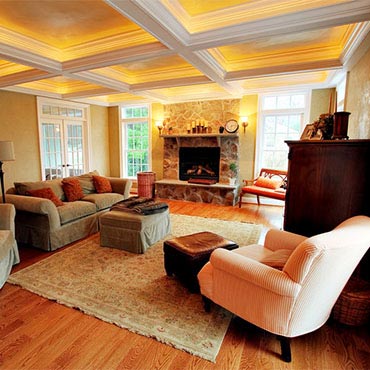

Guide

Oriental rugs are fine crafted rugs that contribute nicely to any formal or informal setting in your home. Oriental rugs blend wonderfully with contemporary, formal, ornate, casual and traditional decorating styles.

For spreading personality around a room, the area rug has few rivals. What could be more elegant than an heirloom quality Oriental area rug atop a gleaming hardwood floor, or more charming than a handcrafted braided area rug on timeworn pine planks.

Today, hand or machine made pile rugs in graphic, contemporary designs are produced. Although those by 'name' designers and one-offs commissioned for hand-weavers are obviously expensive, cheaper massed produced versions can be very reasonable.

The centuries-old Chinese textile industry is rich in history. While most antique carpets are classified according to a specific region or manufactory, scholars attribute the age of any specific Chinese rug to the ruling emperor of the time.

Carpet-weaving in Persia dates back to the Bronze Age. Common motifs include scrolling vine networks, arabesques, palmettes, cloud bands, medallions, and overlapping geometric compartments rather than animals and humans.

Turkish carpets (also known as Anatolian), whether hand knotted or flat woven, are among the most well known and established hand crafted art works in the world. The carpets are always hand made of wool or sometimes cotton, with occasional additions of s

Under the patronage of the Mughals, Indian craftsmen adopted Persian techniques and designs. Indian carpets are known for their high density of knotting. Hand-knotted carpets are a speciality and widely in demand.

Antique rugs are worth considering and are available in many beautiful designs and styles for you to look at. Within this section we focus on two of the most popular types of antique rug: the Aubusson rugs and the Persian rugs.